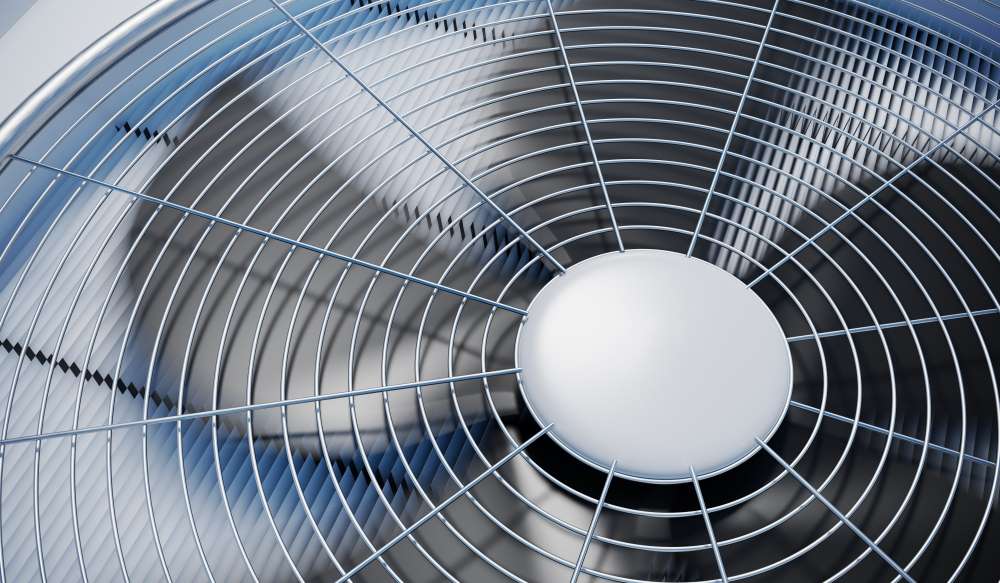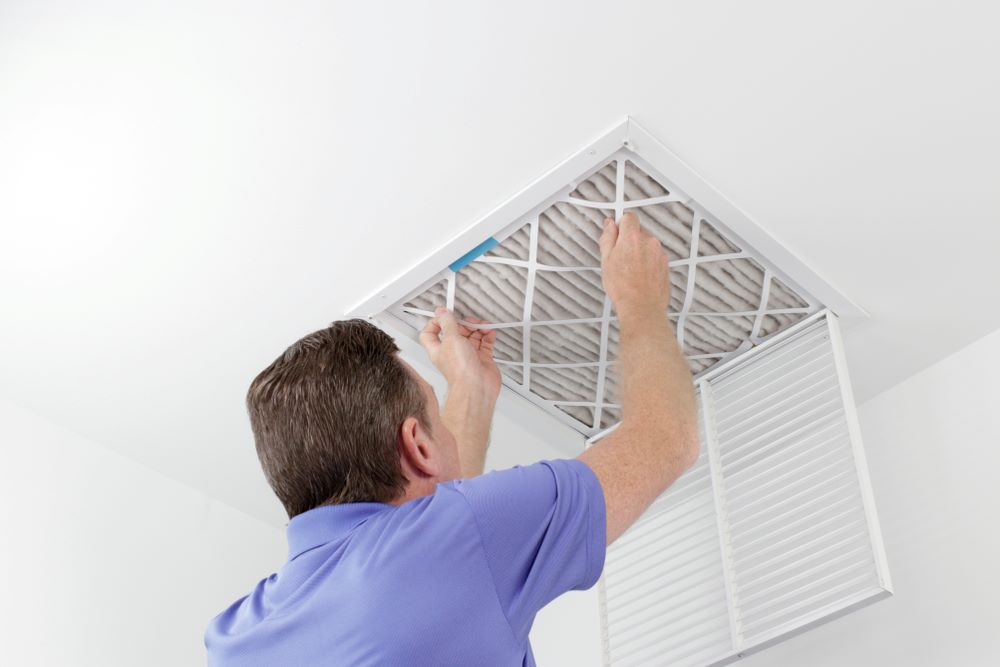Using HVAC Design to Control Bacteria and Viruses in Buildings

Heating, ventilation, and air conditioning systems have an important role in buildings: in addition to providing comfort, they help conserve a healthy indoor environment. A building with a malfunctioning HVAC system is not only uncomfortable but also a health hazard. Offering indoor environmental quality also makes financial sense for companies, since comfort and health improve productivity.
One benefit of a well-designed HVAC system is greater control over harmful organisms like viruses, bacteria, mold, and dust mites. Since these organisms have a detrimental effect on air quality and health, building owners must make sure they are kept under control. To improve IAQ, the US Environmental Protection Agency recommends a relative humidity below 60%, and ideally between 30% and 50%.
Relative humidity is the percentage of water in the air, with respect to the maximum amount the air can hold. Since warm air can hold more humidity than cool air, 50% RH at 90°F represents more humidity than 50% RH at 65°F.
How Air Humidity Reduces Viral Infections
The viruses responsible for the common cold and influenza spread more easily when the air is dry, and this also applies for the Wuhan coronavirus. There are several reasons why viral infections are more common with cold and dry weather:
- Airborne particles stay in the air longer when there is low humidity, and this also applies for viruses.
- Low humidity dries the mucous membranes that protect the human respiratory system, making viral infections more likely.
- Cold temperature itself does not affect the spread of viruses. However, cold air holds less moisture, causing the two effects described above.
- People stay indoors during cold weather, and viruses spread more easily when people are together in closed spaces.
The Centers for Disease Control and Prevention (CDC) studied how air humidity affects flu virus infections. At 23% relative humidity, 70-77% of flu virus particles remained active an hour after being coughed into the air. However, at 43% RH, only 14% of flu virus particles were still active after one hour.

During winter, space heating systems can make indoor air drier than outdoor air, making the spread of viruses more likely. Building owners should make sure their HVAC systems control not only temperature, but also humidity. Additional humidification measures may be necessary in sensitive applications like healthcare and retirement homes.
An increased level of air humidity helps prevent the spread of viruses. However, too much humidity is not a good thing either, since there are other negative effects on IAQ.
High Humidity: Negative Effects on Indoor Air Quality and Health
Dry air causes particles to stay airborne for longer, and this increases the chance of viral infections. However, humid air stimulates the growth of bacteria, mold and dust mites. These organisms have a negative impact on indoor air quality and occupant health:
- Many species of bacteria are pathogens just like viruses, and they cause health issues.
- Mold damages furniture and some construction materials, and its spores cause allergic reactions. Asthma patients can suffer flare-ups when they inhale mold spores.
- Dust mites also cause allergic reactions in general, and flare-ups in asthma patients.
The US Environmental Protection Agency recommends 30-50% relative humidity, while ASHRAE recommends 30-60% RH. These intermediate ranges have been specified because dry air and humid air both have detrimental effects.

Mold and dust mites die off when relative humidity is reduced to the ASHRAE recommended range. However, filtering the air is still important, since dead mold spores and dust mites also cause allergic reactions. A vacuum cleaner with a HEPA filter is recommended, since it captures 99.97% of particles with a diameter of 0.3 microns.
Looking for professional HVAC design to achieve a comfortable and healthy indoor environment?
Controlling Indoor Air Humidity Effectively
An energy recovery ventilation system (ERV) with an enthalpy wheel can exchange humidity between the outdoor air supply and the exhaust air. This type of ERV system can increase or decrease humidity as needed:
- When the outdoor air supplied to the building is humid, the exhaust air can remove part of that moisture through the ERV system.
- The opposite applies when outdoor air is dry, since the ERV system recovers humidity from the exhaust air.
Space heating and air conditioning systems are associated with thermal comfort, but they can also provide some control over air moisture. Additional humidifiers and dehumidifiers provide more control, but also consume plenty of energy. They are only recommended when HVAC systems cannot reach a suitable humidity range on their own.

Michael Tobias
Michael Tobias, the Founding Principal of NY Engineers, currently leads a team of 150+ MEP/FP engineers and has led over 4,000 projects in the US
Join 15,000+ Fellow Architects and Contractors
Get expert engineering tips straight to your inbox. Subscribe to the NY Engineers Blog below.
